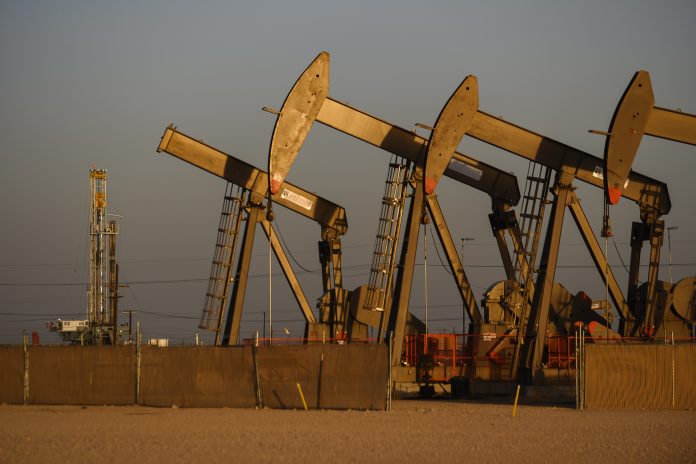
The ever-increasing global demand for oil and natural gas poses the question of the adequacy of future supplies and Odessa oilman Kirk Edwards and Waco economist Ray Perryman say looking that far ahead involves a host of ever-changing factors.
“The world is awash in oil and Saudi Arabia clearly is the biggest swing producer still in the market,” Edwards said. “Currently they have some two million-plus barrels a day off the market as they know the world is very oversupplied at this time.
“Constraints against Iran have caused their barrels to be lower than they have historically produced, so they have excess volumes, too, as does Russia,” he said. “And the biggest holders of future reserves are the U.S. producers here in the Permian Basin.
“The Permian producers have shown incredible discipline in not putting out more drilling rigs to bring up even more oil. They are very smart and know that when the signal is sent out that the world needs more oil, they will respond accordingly by bringing out more drilling rigs.”
Edwards said that won’t happen in the near future because there is too much excess capacity in the world for American companies to over-drill the Basin’s shale resources.
Perryman said continued investments will clearly be needed to maintain production levels and meet global demand because decline curves in existing wells are a geological fact and the falloff is generally more pronounced in shale wells than in traditional sites.
“At the same time, new supplies are being discovered and developed such as the major field off the coast of Guyana, which is now beginning to come online,” he said. “We know that even in well-established fields there are still vast quantities of oil and gas in the ground.
“For example a recent estimate indicates that the Permian Basin has more than 18.5 billion barrels of oil and about 88 trillion cubic feet of natural gas reserves that are likely to be recovered given current production methods and economic conditions.”
Perryman said his company recently estimated that the likely market value of these resources in the Basin is about $1.9 trillion.
“There are 105 billion barrels of oil and 229 trillion cubic feet of gas that are technically recoverable in the Permian Basin, but are not yet economically feasible,” he said. “Current recovery methods only extract about 8 percent of the oil located in the shale formations with no secondary or tertiary recovery.
“Moreover, the U.S. Geological Survey indicates that there is a strong probability of additional resources not yet discovered. Obviously if the price supports them, there will be ongoing improvements in recoverability and enhanced efficiency in production patterns that are already well in place.”
Perryman said a major impediment to investment has been the federal governmental policy environment.
“Oil and natural gas exploration and production are very expensive undertakings and when the policy environment is decidedly anti-fossil fuels, there is an added risk factor to put into the economics of new wells, technological advances and other capital spending,” he said. “All of that is to say that I would be surprised if a major global imbalance surfaced in the next few years that could not be expeditiously addressed.
“Anticipated and actual shortages drive up prices, thus altering the market calculus to favor additional investment and increased supply. While massive changes require time to emerge, basic responses to near-term shortages can be accommodated.”



